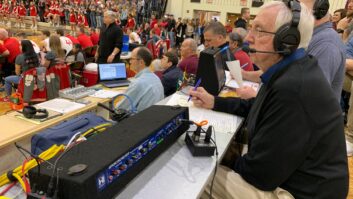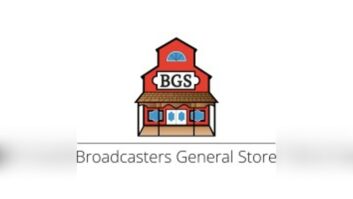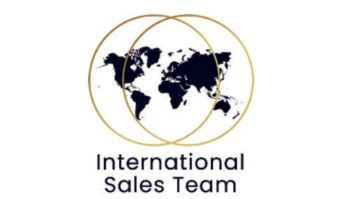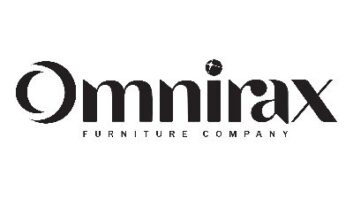In preparing for a journalists’ panel at this month’s NAB Show, I was chatting with Fred Jacobs, president of Jacobs Media, an industry thought-leader active in new digital media, apps and so forth.

Credit: iStockphoto/svetikd He lamented that even today — with so many consumers driving around with powerful, multimedia infotainment systems in their cars — only a fraction of radio station executives and managers have driven such a car, much less own one.
It was my impression that most radio people were well aware of the near-revolution in how people listen to content in the car, where radio had reigned. Perhaps not; or perhaps too many of us are just looking the other way. Fred’s anecdote makes me want to know whether you have a car with an infotainment system or “connected dashboard,” and what your experience with it is. Write to me at [email protected].
But it seems certain to me that traditional radio will continue to face more and more competitors within the crucial automotive listening environment. Fred continued our conversation by saying that for radio to flourish in the car, our industry needs to go beyond high-level, broad conversations with carmakers by the heads of the NAB or RAB. That conversation needs to happen locally, on the street, with a partner that radio stations know well: the local car dealership.
The person selling today’s cars enjoys a crucial role in forming consumer impressions about radio and new media options. From both a revenue standpoint and an educational standpoint, Fred told me, these car salespeople can effect change. That salesperson’s head may be full of the sexy benefits of satellite radio or Pandora or navigation tools, but he or she probably hasn’t been visited this quarter by a Pandora representative. The car salesperson also knows your radio station’s strong local brand; he or she needs to hear about the powerful positives that local radio stations bring to drivers, too.
Fred Jacobs thinks it’s time for radio people to get back to their local dealers with the specific goal of enhancing radio’s standing there; educating dealer staffs about what radio does well; and creating partnerships that take advantage of radio’s existing, and very powerful, local standing.
***
Wheels of bureaucracy turn slowly; but at the behest of two engineering groups, the FCC is moving to modernize rules governing remote pickup systems as used by radio and TV stations, broadcast and cable networks.
The commission has begun a rulemaking to update Part 74 rules concerning broadcast auxiliary stations, including RPUs. The goal is to eliminate “outdated barriers” and to allow stations to use frequencies and digital transmission technologies more efficiently. It says these changes would give RPU licensees flexibility to choose from a variety of digital commercial “off-the-shelf” equipment (what federal government types call COTS, because government has an acronym for everything). This in turn would encourage licensees to convert to digital systems “and increase spectrum efficiency.”
Public comments were due this month, with replies due around the time you are reading this (to WT Docket 15-36).
The current rules date to 2002; over several years, the Society of Broadcast Engineers and, separately, the group Engineers for the Integrity of Broadcast Auxiliary Services Spectrum have pushed for such changes. Thus prompted, the commission proposed to allow broadcasters to use any type of digital equipment. However, the commission decided that no rule change is needed to provide channel applicants more flexibility in interpreting center frequency assignments. And for now, at least, it declined to allow Part 74 licensees to use digital emissions in the VHF and UHF bands while the rulemaking is pending, as the SBE had hoped it would.
If all this affects you, you can read the full NPRM to see the exact frequencies and technical engineering data involved; I’ve posted it at http://tinyurl.com/RWRPU. And law firm Fletcher, Heald & Hildreth has a good summary concerning the complex engineering issues, at http://tinyurl.com/RWRPU2.












